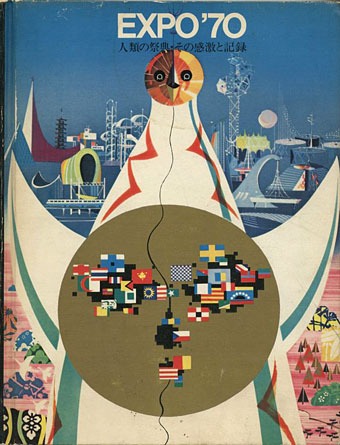Alien Technology (2014) by Monira Al Qadiri.
• “William S. Burroughs wrote, in a long, zigzag ode: ‘You can hear metal think in the electromagnetic fields of Takis sculpture.'” Geeta Dayal on the sound sculptures of the late Panayiotis Vassilakis (1925–2019), better known as Takis.
• “Everything about this song is mysterious, from the creation to the lyrics to where it played on the radio…” David Browne on The Unsolved Case of the Most Mysterious Song on the Internet.
• Moebius made many illustrations of Jimi Hendrix. Related: Giraud-Moebius pour le disque: 33 tours et plus dans les étoiles.
• London arts venue the Horse Hospital (where some of my work was exhibited a couple of years ago) is fundraising again.
• Sam Gafford: Number One—The Larch: John Linwood Grant remembers the late author, editor and friend.
• Mixes of the week: Cosmique Français by Tarotplane, and Secret Thirteen Mix 297 by Rosa Damask.
• More Magma: the group in live performance in 2009 playing the end of De Futura.
• At Dennis Cooper’s: The Horror Films of Terence Fisher Day.
• Pye Corner Audio performs at the state51 Factory.
• A demo of Colour Me In by Broadcast.
• RIP Malcolm Whitehead.
• Alien Activity From The 45th Parallel (1978) by Cellutron & The Invisible | Alien (1981) by Ende Shneafliet | Alien Loop (2014) by Mica Levi





